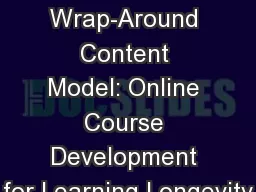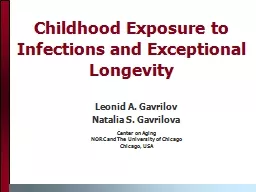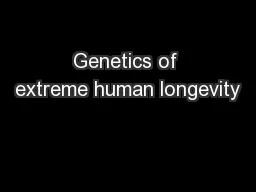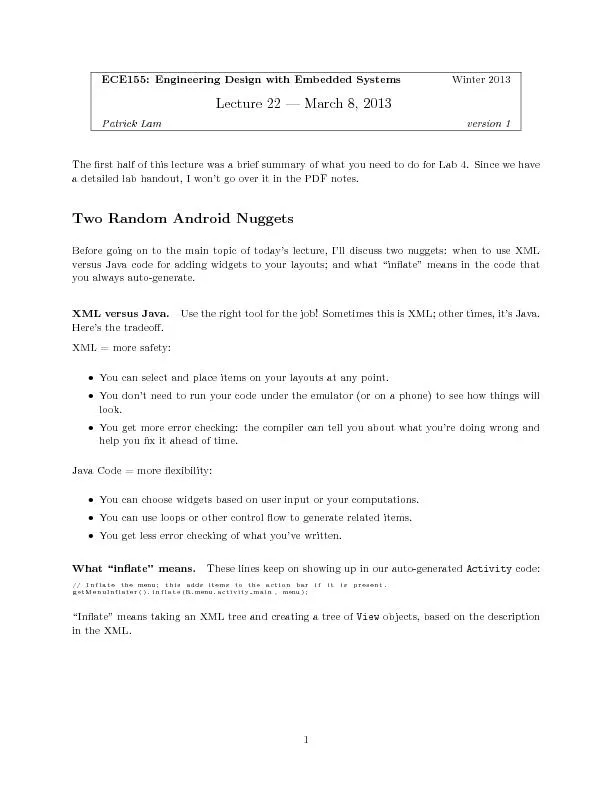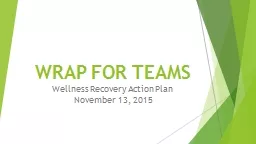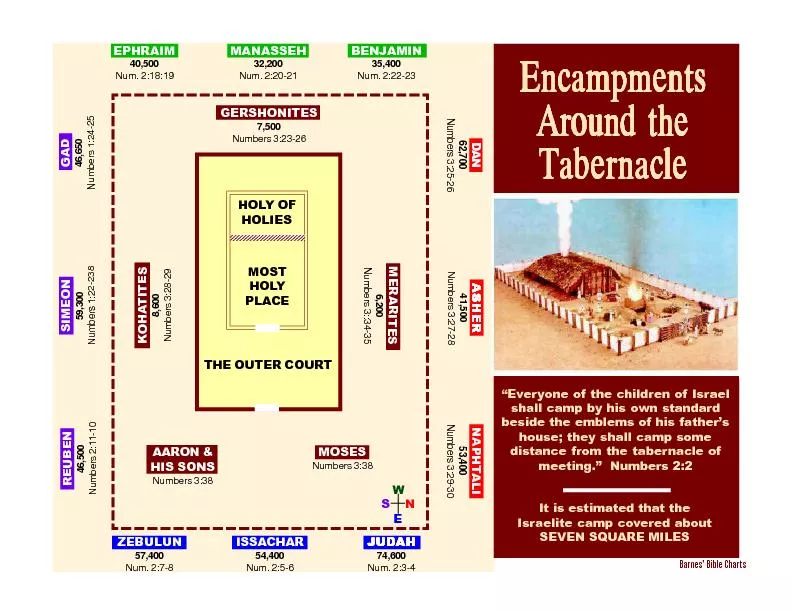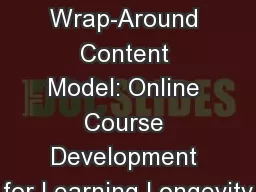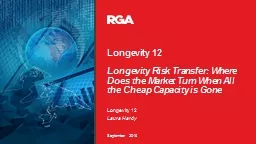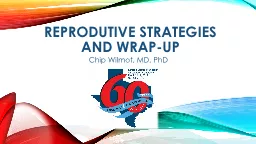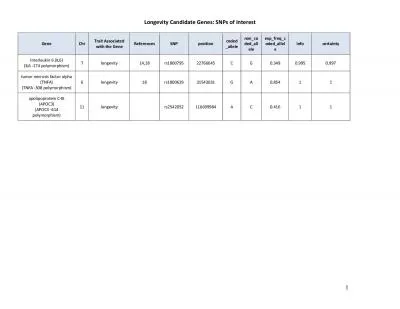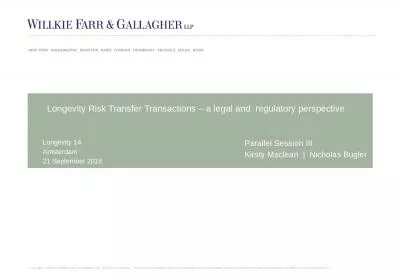PPT-Transitioning to Wrap-Around Content Model: Online Course Development for Learning Longevity
Author : celsa-spraggs | Published Date : 2018-09-20
Presenter Denise GaspardRichards PhD Head Course Development Department Academic Programming and Delivery Division denisegaspardrichardsopenuwiedu CoAuthor Candice
Presentation Embed Code
Download Presentation
Download Presentation The PPT/PDF document "Transitioning to Wrap-Around Content Mod..." is the property of its rightful owner. Permission is granted to download and print the materials on this website for personal, non-commercial use only, and to display it on your personal computer provided you do not modify the materials and that you retain all copyright notices contained in the materials. By downloading content from our website, you accept the terms of this agreement.
Transitioning to Wrap-Around Content Model: Online Course Development for Learning Longevity: Transcript
Download Rules Of Document
"Transitioning to Wrap-Around Content Model: Online Course Development for Learning Longevity"The content belongs to its owner. You may download and print it for personal use, without modification, and keep all copyright notices. By downloading, you agree to these terms.
Related Documents

